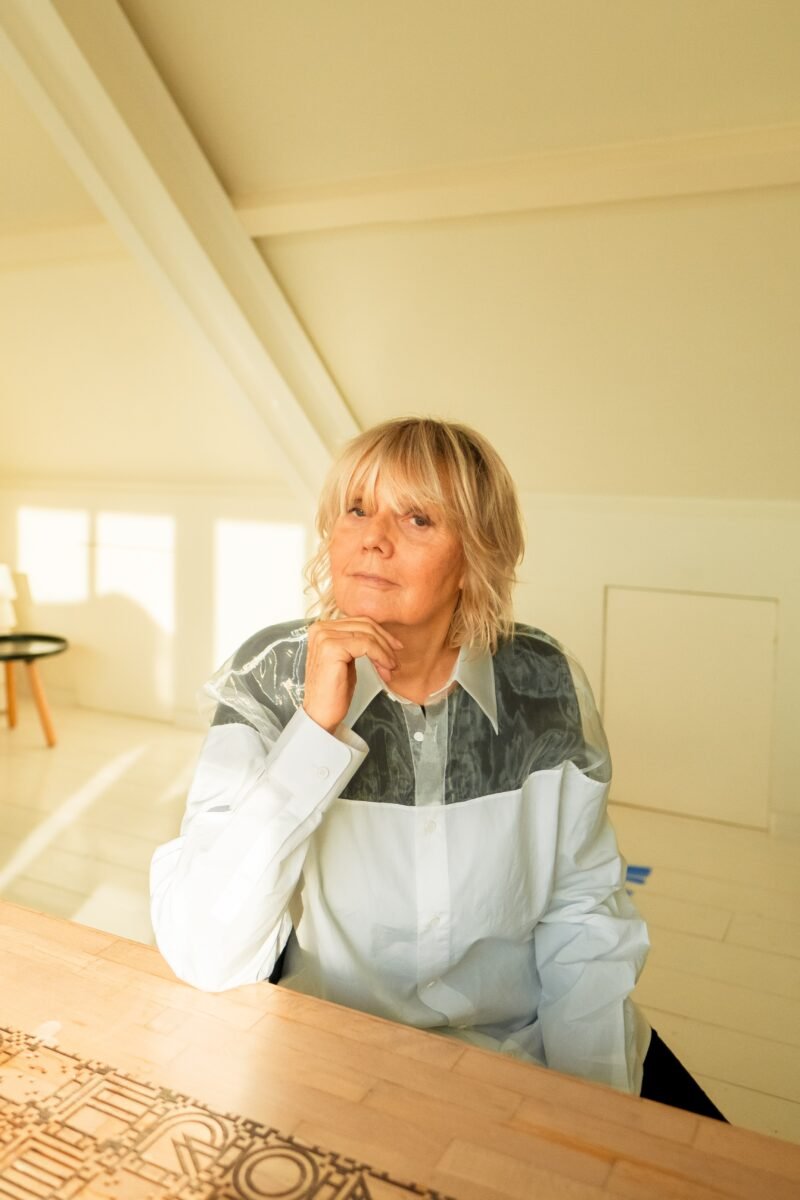Urban Left-Overs: Berlin Vs. Amsterdam
This collection of pictures is the result of an excursion to Berlin, the City of Space. It shows the inverse spatial situation compared to Amsterdam. In Amsterdam, space is highly dominated by a balance of economic and political power. These pictures show the spatial circumstances in Berlin, characterized by openness, wideness and an ongoing energy of the urban subculture.
Comparing both cities shows two different perspectives on the theme of the Pop-up City. One major underlying difference is the fact that Berlin keeps on shrinking as a result of a difficult economic situation after the wall felt down. Amsterdam is bounded by planning regulations and high real estate prices. In both Amsterdam and Berlin, a strategy on temporary and flexible urbanism is an important step towards a new spatial practise, but from another point of view.




In Amsterdam the issue is not to waste any valuable space and to use the spare spatial leftovers of classical city practice as good a possible. The hardware and the software of the city are unbalanced in some ways. Economic reasons for city making seem to win constantly from the cultural perspective. The city is changing into a yuppie town. It’s hard to find space for new creative and cultural initiatives and creative minds flow out of this former cultural capital of Europe. At the same time, Amsterdam’s city council is highly attracted by the literature of Richard Florida (The Rise of the Creative Class) and wants to support the creative economy. But there’s no idea how to do so, and projects directly initiated by the policy makers are failing due to a lack of style.



Berlin has plenty of urban residues and niche spaces. Using these spaces is simple and mostly not really forbidden. The local government doesn’t try to control this process, but supports others by not annoying them with rules. Maybe this is one of the reasons why Berlin took the European lead in creative industries over Amsterdam, becoming an interesting creative hotspot on European scale. The lack of jobs creates a situation of intellectual and creative freedom. In this city everybody seems to be an artist, designer or DJ, and space seems to be free.



